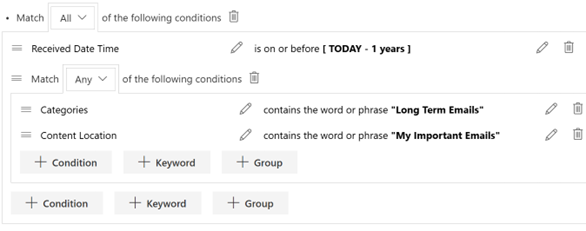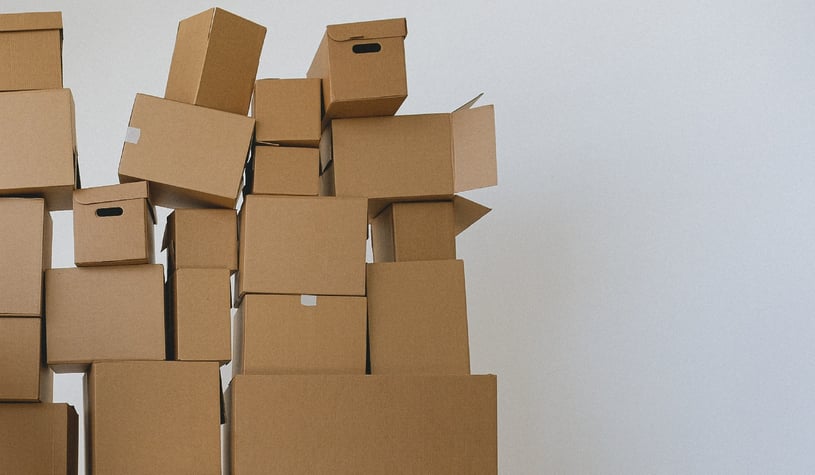
Image courtesy of SHVETS production from Pexels.
Properly managing and tracking physical records during content migration can be a daunting project to take underway.
Whether inputting box data for an organizational merge or migrating records into a parent organization's storage system, these processes could take dozens of hours to manage when done with standard ad hoc SQL databases.
But using the right tool, it can be faster, have less error and overall a simpler task.
Today, we'll be reviewing what the issue with legacy content migration before showing what two upgrade migration scenarios would look like using the Collabspace Physical Records Imports. In case you missed it, we've already covered what Physical Records Import features are in a previous article (check it out!).
Collabspace Physical Records App: Containers & Imports
To begin, let's get acquainted with Collabspace Containers and Physical Records Import features. Both make it easier to input and manage physical content with just a few clicks, no matter the volume. Containers allow users to replicate a physical records storage system, while Physical Records Import features allow users to input physical records in bulk.
Containers can be imported into Collabspace to specify the storage infrastructure that will be holding your records. This can also be done in bulk with a few CSV files. A records manager can specify both where containers are located and how many content items they hold, on a virtually unlimited scale. But containers aren’t necessarily items that hold content: they can represent anything, from a shelf holding boxed content to an entire room (or floor) dedicated to storing records.
Once users have documented their storage system with containers, Physical Records Import features can be used to automate the process of inputting physical records, saving users time by inputting all the records at once rather than requiring a manual, one-by-one input. See import options in the screengrab below:
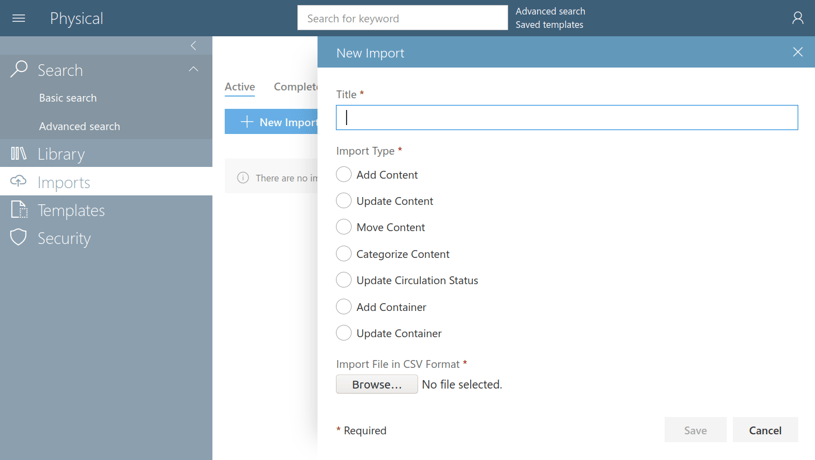
The Big Issue of Legacy Content Migration
The buildup of legacy paper records is often an inevitable pain point that many record managers experience with physical content. For example, if an organization acquires another company, taking on their offices and records, months' worth of effort may be required to sort through thousands of newly acquired boxes. Records managers often input box data one-by-one when using basic, ad hoc SQL databases (which is time consuming to say the least). But Collabspace Physical Records can help with automating tasks.
There are two scenarios to consider when (sticking with our previous example) physical records are taken over by a parent organization and content needs to be migrated. Either the records stay in an acquired storage system and the new storage system should be electronically documented, or records are physically moved into a parent organization’s physical records storage system.
1. When Physical Records Stay in an Acquired Storage
In the case records stay where they are but an organization must input new physical record data, perhaps during a company acquisition, the new storage system can easily be replicated in Collabspace. That way, it is easy to know exactly what room certain records are in, and exactly which aisle and what shelf.
We can add new storage navigation points with containers, added through the Physical Records Library:

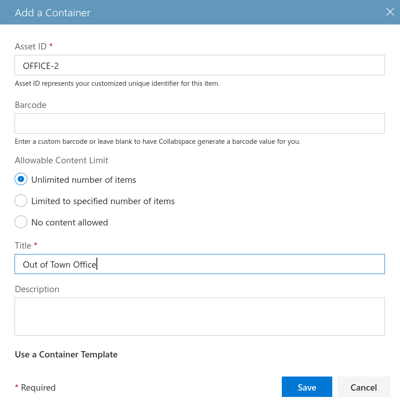
We can add contextual information for the new storage, such as the name and limits for records being held there, if any. Custom properties can even be added, which we will demonstrate in a future article on physical records space management (stay tuned!). Adding a few more containers, a replicated storage system in Collabspace is shown in the image below:

2. When Records are Migrated into a Parent Organization’s Storage System
In the case where records are physically moved to a new location, this can already be a cumbersome task before the data input. If a storage system isn't documented yet, well, we've just learned that is a similarly easy task when building with containers in the section above.
But if the parent organization's storage system is already defined in a Collabspace container hierarchy, the records management part is easy! Only the content CSV files are required to be bulk imported to document the newly acquired records, and we get into the 'how' here:
How to Bulk Import Physical Records
When a storage structure is documented in Collabspace, we can import with CSV files in a few easy steps. An example of a CSV file documenting legacy boxes is shown below:

This CSV file is enough to import legacy content using information such as an asset id and title to uniquely identify the records. Legacy barcodes on boxes can be documented and re-used, or new barcodes can be generated for records automatically. Ten or ten thousand records can be generated by uploading a single CSV file, and the process takes just a few minutes.
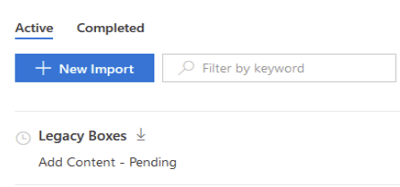
Image shows Legacy Box data upload pending.
After a pending import has completed, that’s it! All records have been added ,indexed and can be searched for within Collabspace.
 Image shows the legacy box data uploaded into Collabspace.
Image shows the legacy box data uploaded into Collabspace.
No matter how physical content was migrated, Physical Records Import items can also be categorized in bulk, and use the same lifecycle workflows as electronic documents, or using separate workflows:
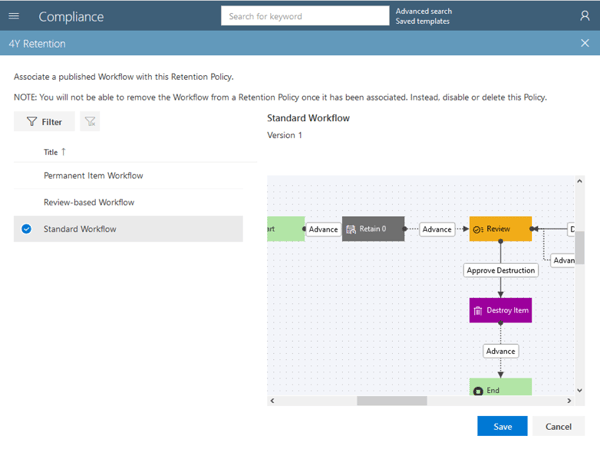
Collabspace can streamline the process of indexing your legacy paper content with Physical Records Import features and Containers in the Physical Records Library. And it doesn't end with the scenarios we've listed: these features can be applied to many other business processes. We dove into five other common scenarios where bulk imports bring value in our other blog article.
Are you currently frustrated during content migration processes, or looking to upgrade your physical records management? Contact us about how your organization can take advantage of these Collabspace features, or download our brochure below to find out more:
![]()
We also recently released a CollabCast webinar all about how a records manager solved her physical records woes with Collabspace!



